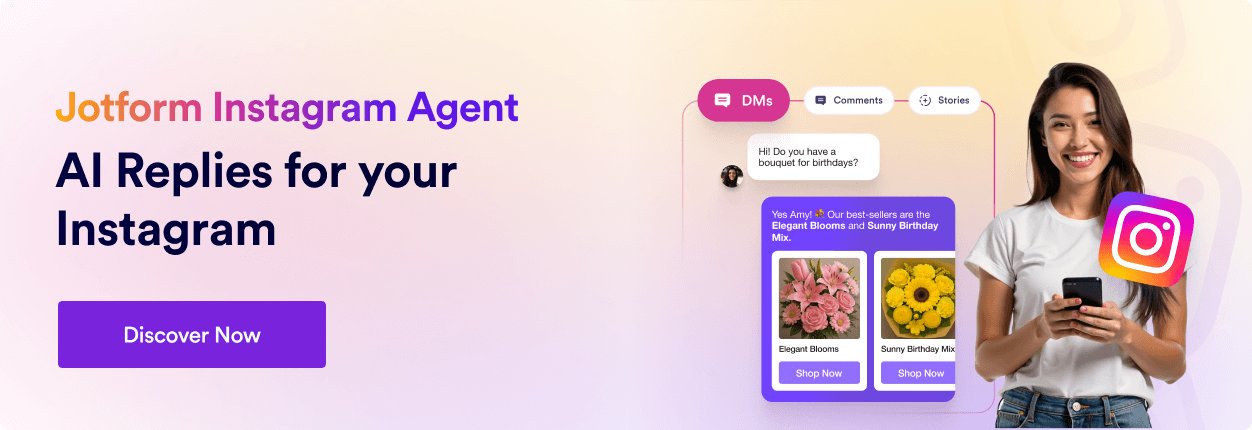When making an accessible form, it is important to remember that your web experience may be different from your users.
There are various disabilities and conditions that can impact a person’s ability to access and navigate the web. These include:
- Visual Impairments
- Hearing Impairments
- Mobility Impairments
- Cognitive Impairments
The goal of accessibility is to ensure that your forms are easy to use and complete by as many people as possible, including those with disabilities and individuals using assistive technologies like screen readers, voice recognition, or adaptive keyboards.
While you can create Section 508-compliant forms with Jotform’s form builder, there are additional steps you can take to make your forms more user-friendly and accessible for everyone, including those who rely on assistive technologies.
- Use Simple and Clear Language
- Ensure your questions and form content are easy to understand. Avoid long or complex wording. Use plain language to make the form more user-friendly for everyone, including people with cognitive impairments.
- Label All Form Fields Clearly
- Every form field should have a clear and specific label. This helps users, especially those using screen readers, navigate the form effectively.
- Choose Colors Carefully
- Ensure that the colors you select provide good contrast between text and background, especially for users with visual impairments or color blindness.
- Jotform’s form builder will notify you if there are any potential contrast issues, helping you make your form more readable.
- Include Descriptive Text for Image
- Add alternative text (alt text) to all images in your form. This text helps screen readers convey the purpose or description of the image to visually impaired users.
- You can set the alt text via the properties of the image element.
- Avoid Blinking or Flashing Images
- Do not use blinking or flashing images or content in your form, as it can be distracting and potentially harmful to users with photosensitive epilepsy.
- Avoid Special Fonts
- Stick to standard, easy-to-read fonts. Special or decorative fonts can be difficult to read for users with visual or cognitive impairments.
- Ensure Translation for Multilingual Forms
- If your form is available in a language other than English, or if you’ve added multiple languages, ensure that all form fields and error/warning messages are correctly translated. This ensures clarity for users speaking different languages.
- Use Descriptive Link Text
- If you include links in your form, make sure they have descriptive text that clearly explains where the link will lead. Avoid using non-descriptive phrases like “click here,” as this can be confusing, especially for screen reader users.


Send Comment: